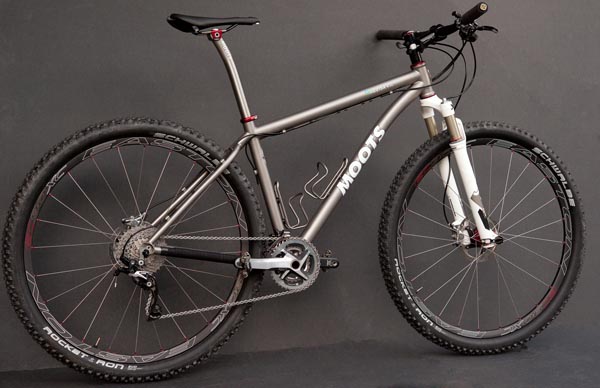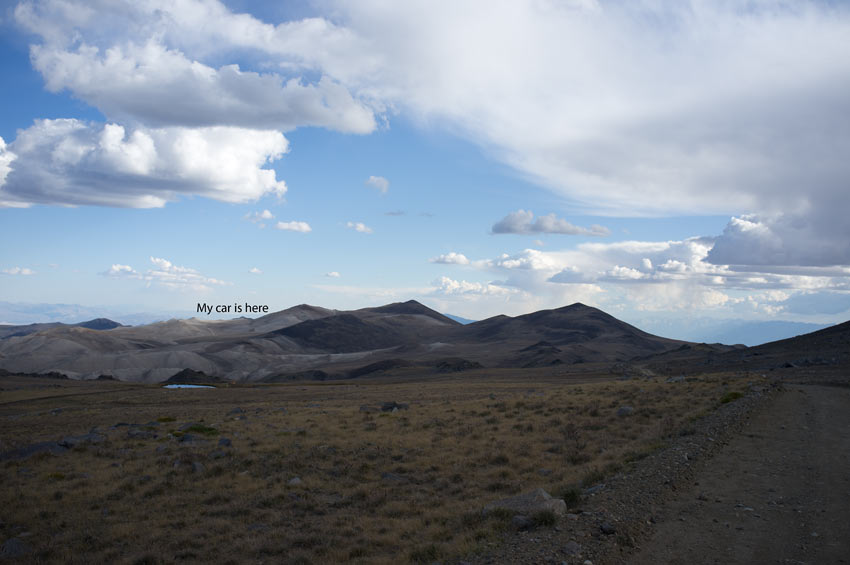What I Carry for Mountain Biking
Recently I was stranded for a long hike-a-bike high in the White Mountains of Californa, at 13,000' late in the day.
I was lucky, and bummed a ride after walking about 3 miles (instead of 8 or so), but it taught me a lesson: carry the gear appropriate for the distance one is from home/car.
What follows below is a discussion of what should be carried for local and remote rides, so as to avoid unpleasant consequences.
What I carry for every ride
Note that some underseat bags can split open or unzip themselves under very rough conditions, so be careful of bag choice.
I carry the following at all times in an underseat bag, which adds up to 1.5 pounds or so:
- My Moots MootoX RSL and Moots YBB 26 have tubeless tires, so I carry one tube of Stan’s NoTubes sealant just in case a puncture bleeds out too much sealant, this way, I can top it off.
- A small pump, such as the Lezyne, or a Blackburn. This is really for topping off tires really; if a tire needs a whole lot of air, then CO2 is more useful.
- Two CO2 cartridges with mini spring-loaded attachment for tire inflation. This CO2 attachment is possibly redundant to the Lezyne pump, which is a good thing, since the Lezyne did fail me once.
- One spare tube.
- A patch kit for the tube (in case the tube also becomes punctured).
- One tire iron (plastic with steel core).
- Allen wrenches for the seat collar and seat (4mm and 5mm).
What I carry for remote rides
By a “remote” ride, I mean a ride where failure could mean a 10+ mile walk-a-bike out, and where weather, elevation, etc could pose real risks for those unprepared.
For such rides, more space is required, and this generally means a daypack or hip-pack or other means to stow the gear. I carry all of the usual stuff above, plus:
- A spare tire (yes a TIRE, not just a tube). I used my spare just recently when a tire failed on me during a night ride; the sealant could not plug the hole.
- Two or three tubes of Stan’s NoTubes sealant for new tire install.
- At least three (3) 16g CO2 cartridges with inflator, to install the new tire.
- A total of two (2) spare tubes (in case the tubeless tires cannot be repaired/sealed). Lightweight tubes are fine here, since they are backups.
- A pump with decent volume.
- A smaller backup pump.
- Tire sidewall repair: a candy bar wrapper can work in a pinch, or a sidewall patch kit.
- A Lupine LED light mounted on the bike, in case I get stuck out after dark, and/or for SOS emergency signal.
- (for really remote areas) My SPOT personal beacon.
- Extra food for some extra hours beyond intended ride distance: at least 500 calories.
- Clothing for wind/cold; at least a wind shell with hood like the North Face Diad, and possibly a compact down shirt or Mountain Hardware Nitrous jacket, or similar stuffable item. Sometimes, a dry jersey.










